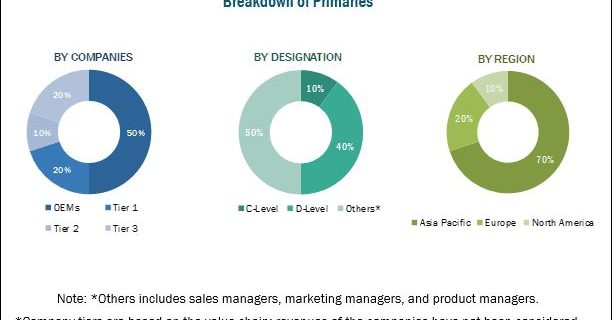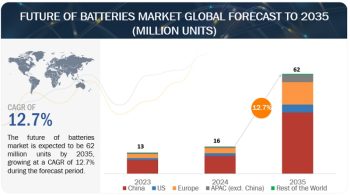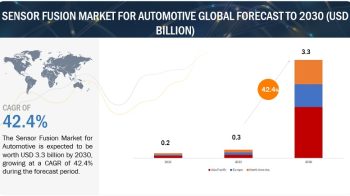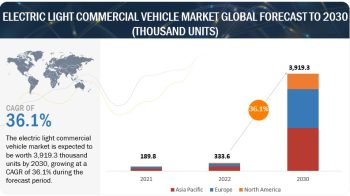
The Automotive Engine Encapsulation Market is projected to grow at a CAGR of 6.13% during the forecast period, to reach USD 6.30 billion by 2025. The market growth is primarily driven by factors such as the increase in demand for silent vehicles, the stringent emission norms for the automotive industry, and the rising demand for fuel-efficient, aerodynamically efficient, and stylish vehicles.
Increasing stringency of emission norms and regulations has accentuated the need for vehicles that emit a minimum amount of CO2 gas into the atmosphere. Several companies are carrying out R&D activities to develop advanced engine encapsulation systems to improve the efficiency of automobiles and reduce the emissions in the environment. The use of engine encapsulation helps automotive manufacturers to introduce a new solution that conserves the heat inside the engine and reduces CO2 emissions. This is achieved by keeping the engine warm for a longer duration of time. A cold start results in unwanted friction within the engine during which the movement of the piston causes more fuel to be burnt, which subsequently leads to increased CO2 emissions. Stringent regulations formulated to curb vehicular emissions have led to governments charging OEMs a penalty of USD 111 (95 Euros) per vehicle for exceeding the permissible limits of CO2 emissions.
Download PDF Brochure @ https://www.marketsandmarkets.com/pdfdownloadNew.asp?id=222969700
The Asia Pacific region is estimated to be the fastest-growing market, in terms of value, for automotive engine encapsulation. The Asia Pacific region is expected to be the most promising market for automotive engine encapsulation during the next seven years due to strong growth in vehicle sales year on year. Additionally, the increasing infrastructural development, particularly in developing countries such as China and India, is expected to drive the growth of the automotive engine encapsulation market in the region. Europe is the second-fastest-growing market, by value, for automotive engine encapsulation. The growth of the European market can be attributed to the stringent emission norms in countries such as Germany, UK, France, etc.
The automotive engine encapsulation market is dominated by a few globally established players such as Autoneum (Switzerland), Continental (Germany), Roechling (Germany), ElringKlinger (Germany), Greiner (Austria), Furukawa Electric (Japan), Woco (Germany), Adler Pelzer (Germany), SA Automotive (US), and Hennecke (Germany). The key suppliers in the market are BASF (Germany), 3M (Germany), Saint-Gobain (France), Polytec (Austria), Evonik (Germany), Carcoustics (Germany), Uniproducts (India), and UGN (US).
Body mounted encapsulation is projected to be the fastest-growing segment of the automotive engine encapsulation market. This segment is estimated to have the highest growth potential in the automotive engine encapsulation market, especially in Europe, which has a high penetration of luxury light-duty vehicles. Currently, body-mounted encapsulations are used widely in luxury light-duty vehicles. Extensive R&D is being carried out to reduce the price of the material of body-mounted encapsulations, which in turn would decrease the price of body-mounted encapsulation systems. The reduced prices could lead to the installation of body-mounted systems in mid-priced vehicles as well. The key players, therefore, have an opportunity to cater to the developing regions by offering the system at economical prices.
Request Free Sample Report @ https://www.marketsandmarkets.com/requestsampleNew.asp?id=222969700
Critical Questions:
- How will the market cope with the rise in electric vehicle sales?
- How are OEMs planning to increase penetration of automotive engine encapsulations in economic vehicles without having a significant effect on their price?
- How can the price of body-mounted engine encapsulations be reduced, while still maintaining its performance, to increasingly incorporate them in mid-priced and economy light-duty vehicles?
To speak to our analyst for a discussion on the above findings, click Speak to Analyst


